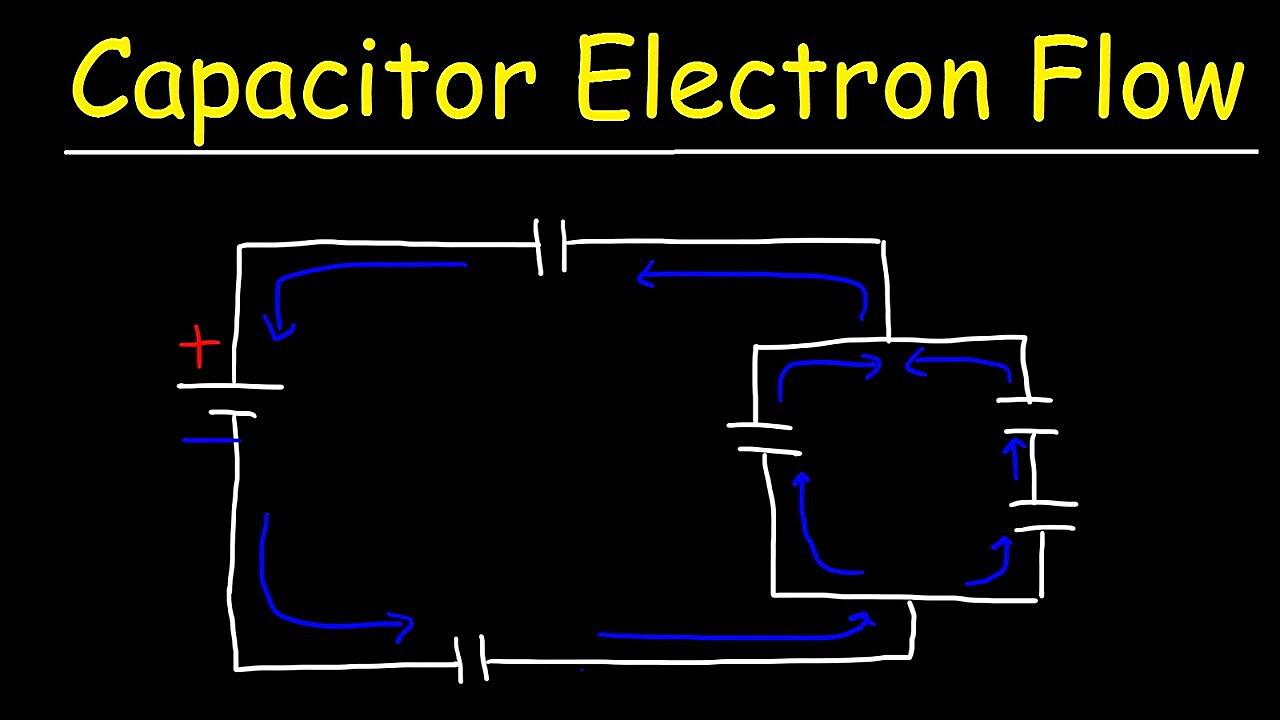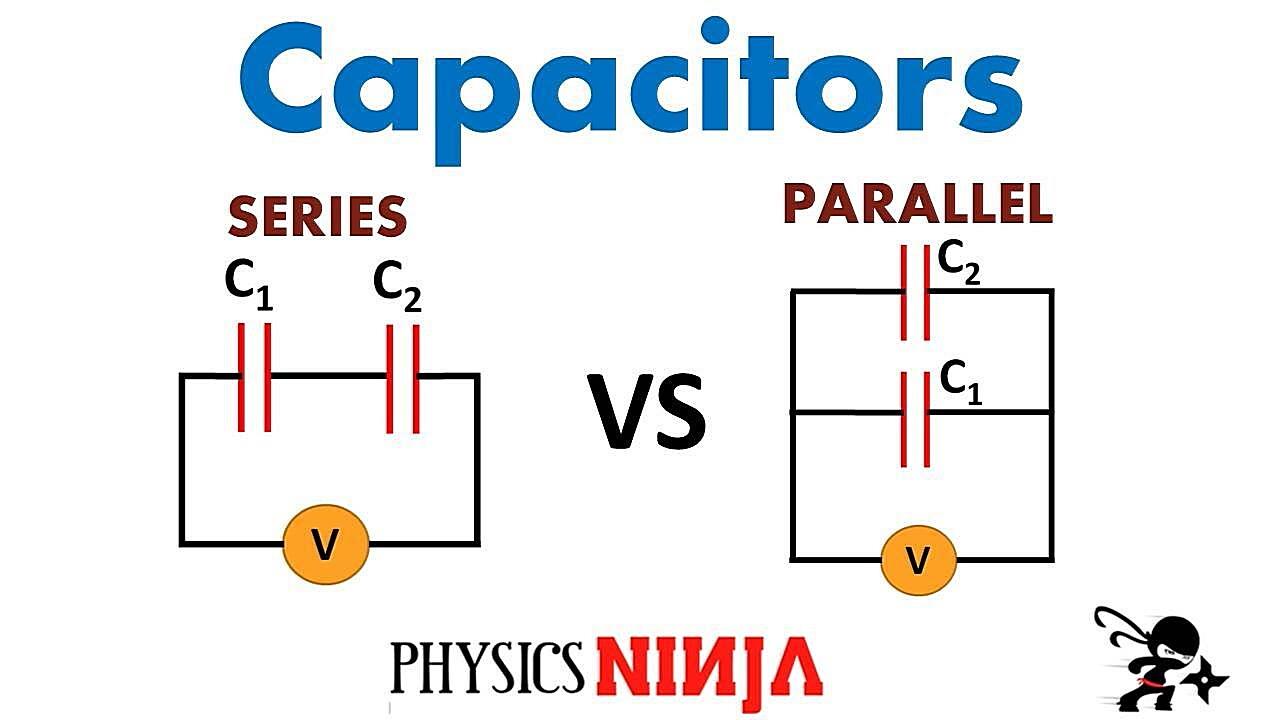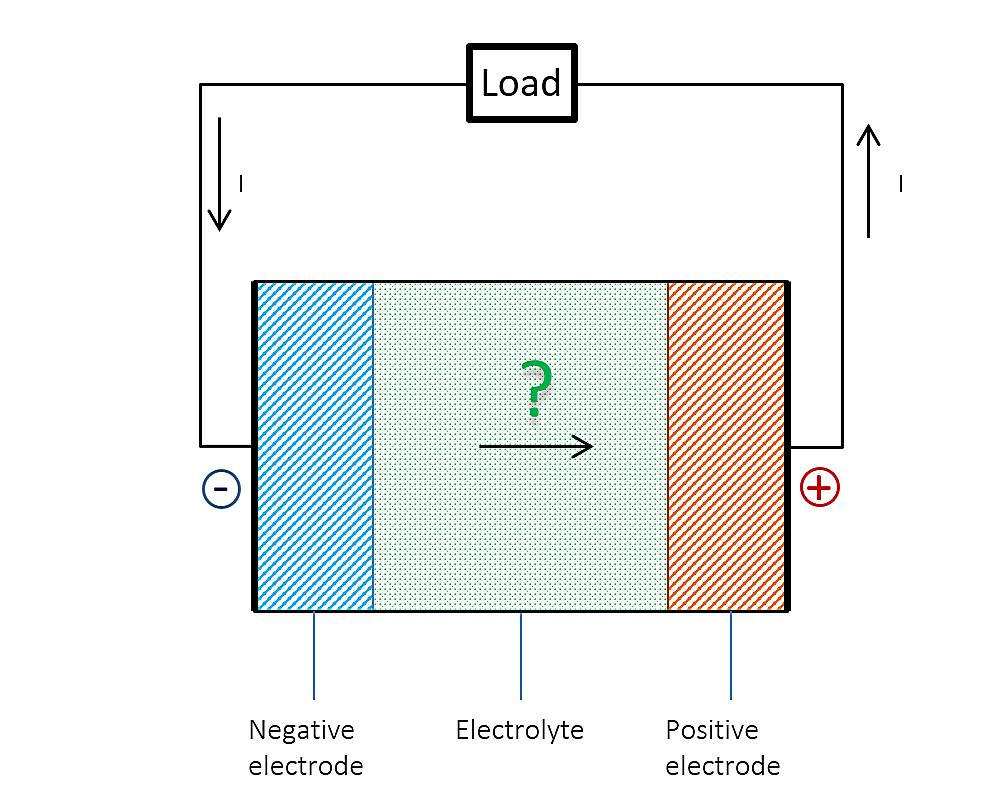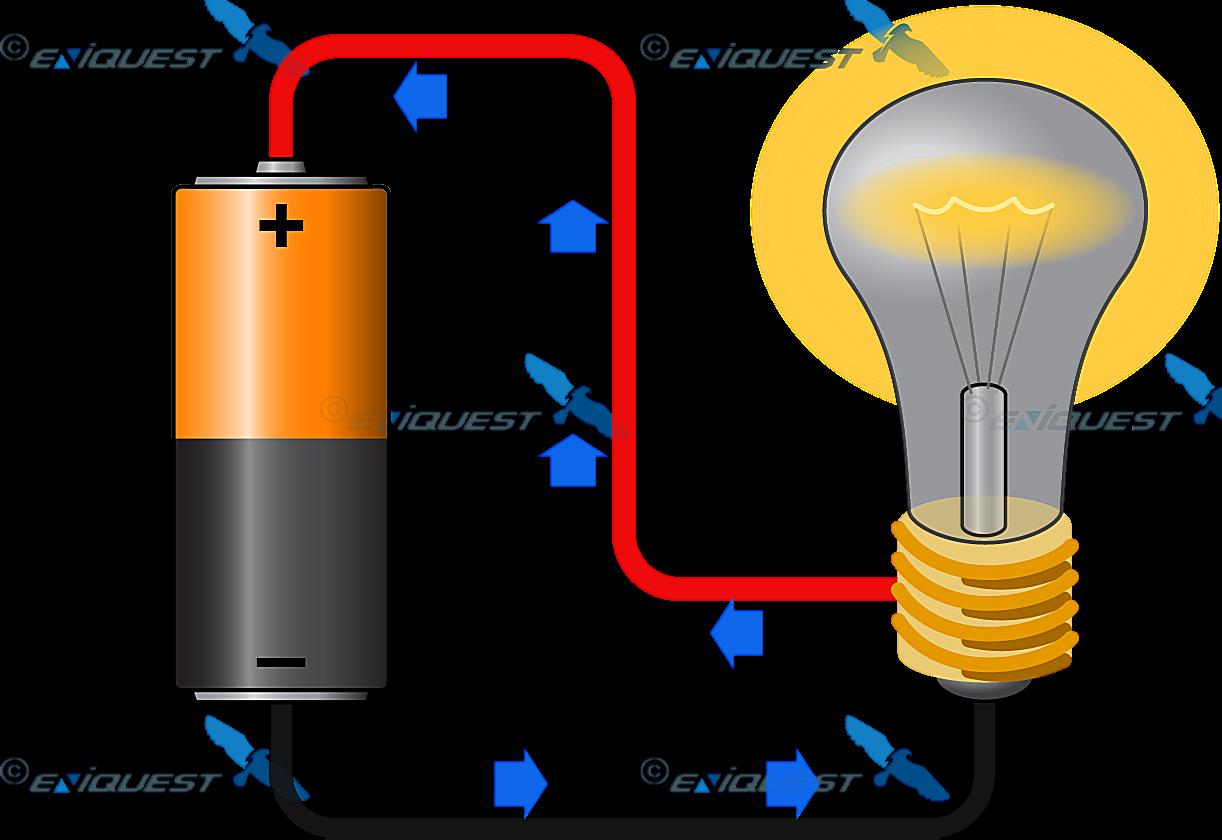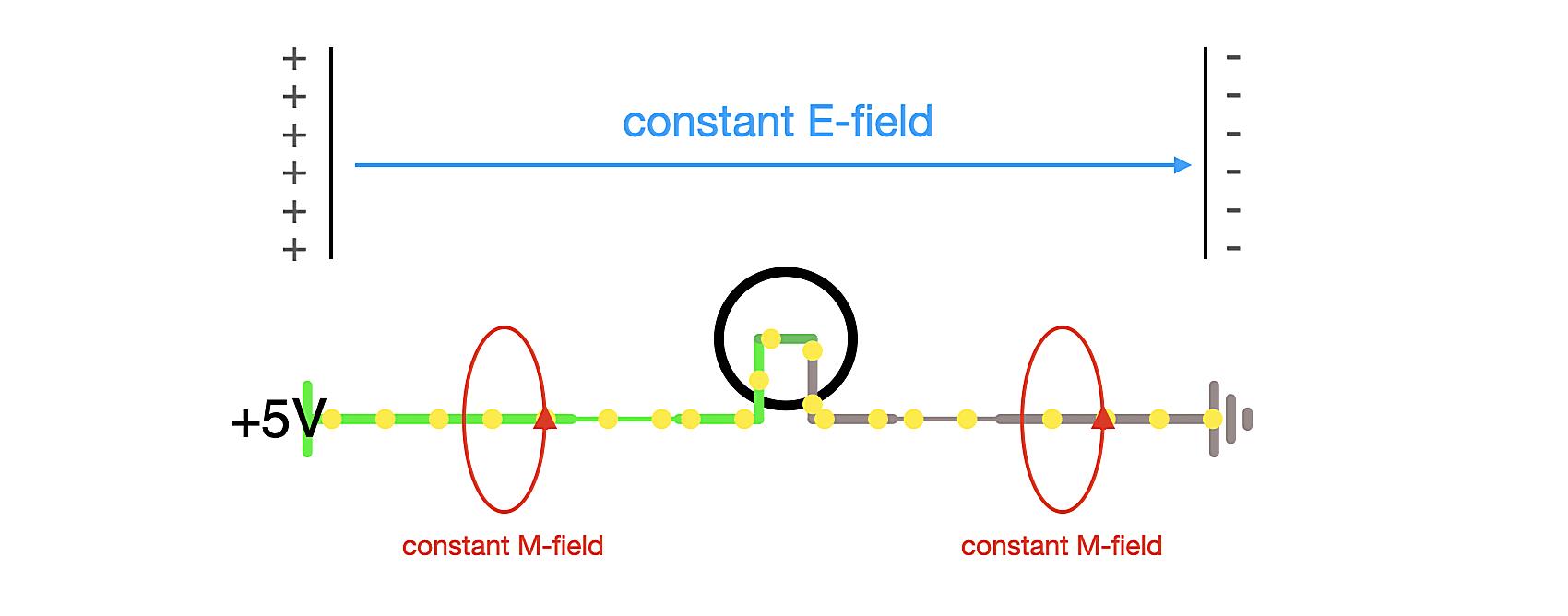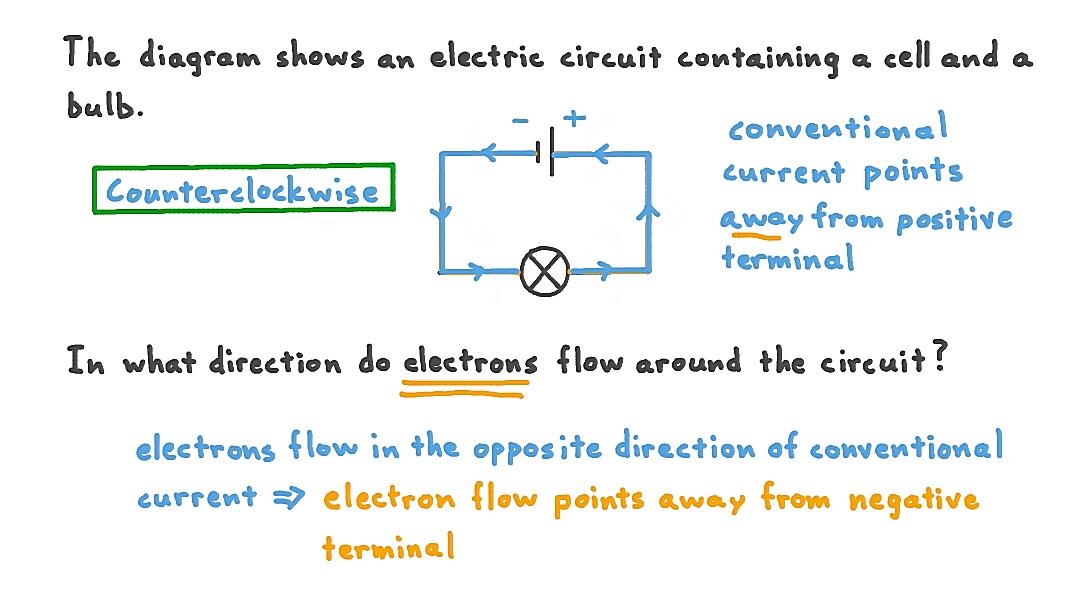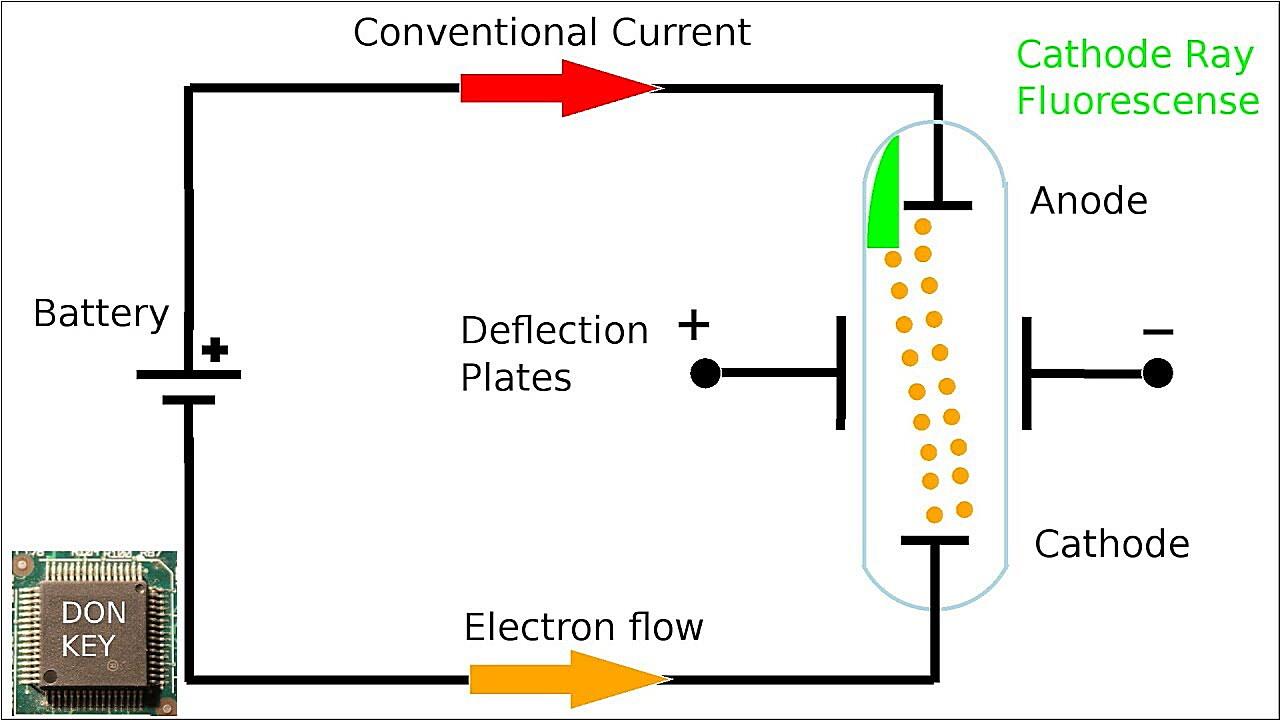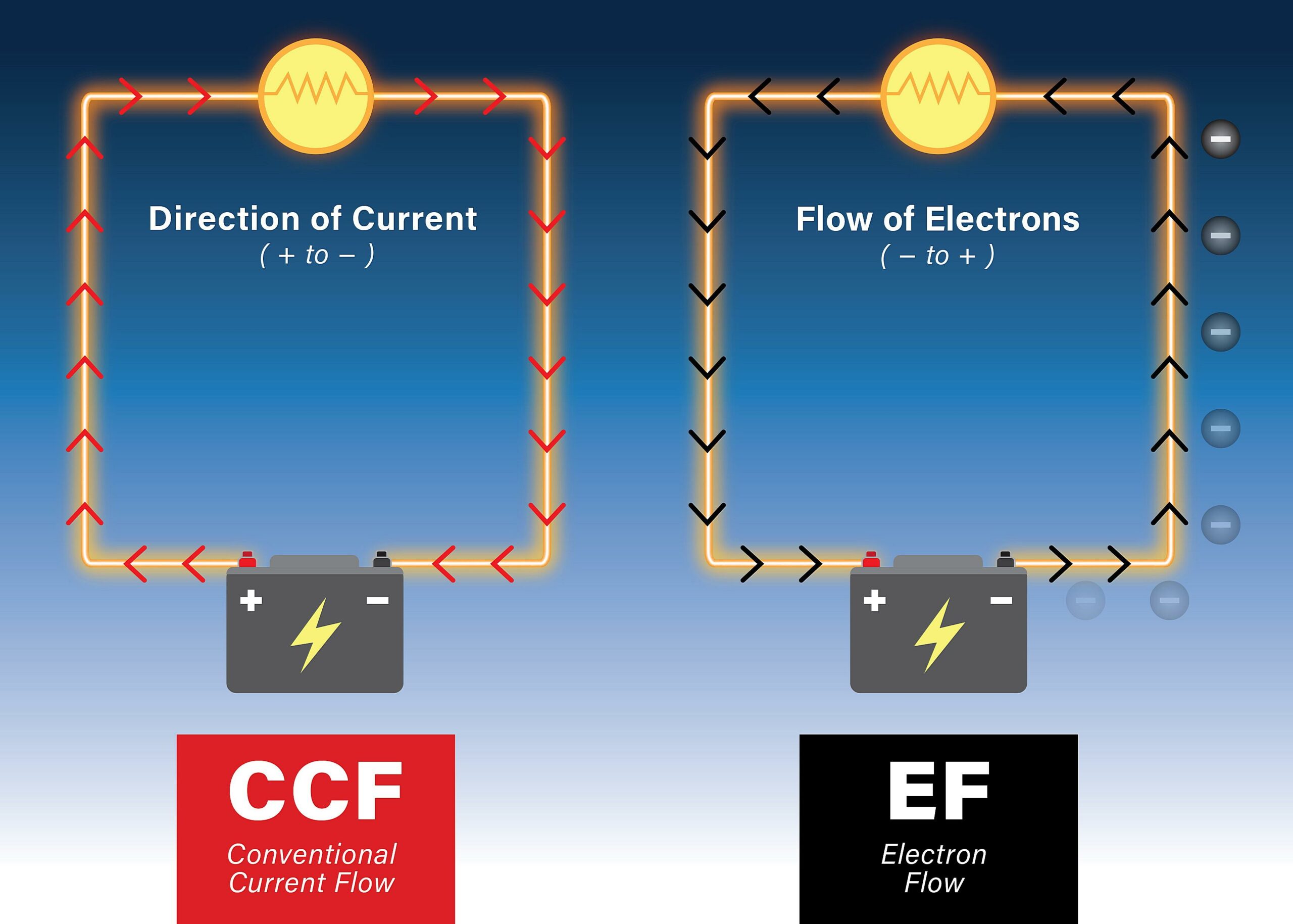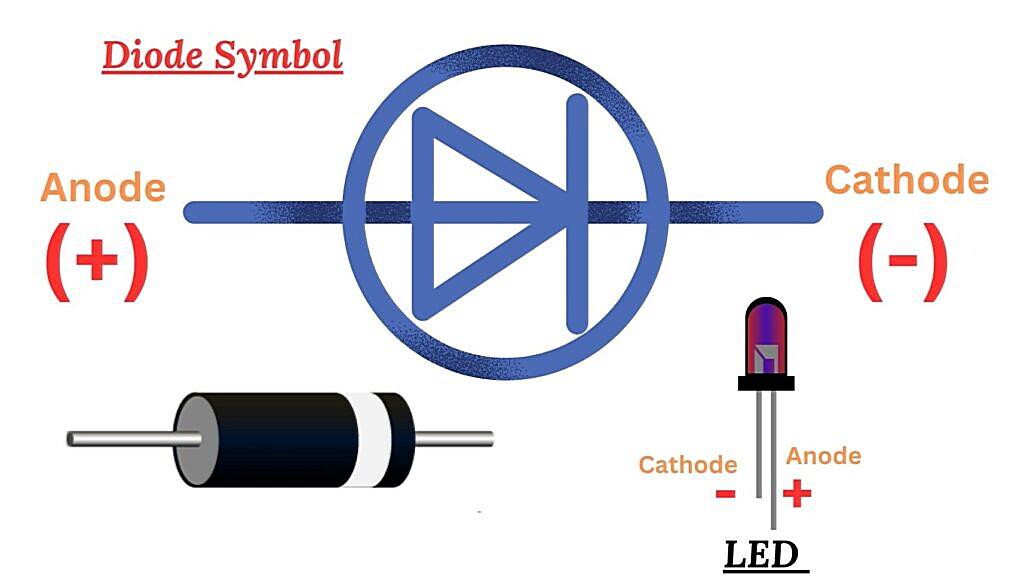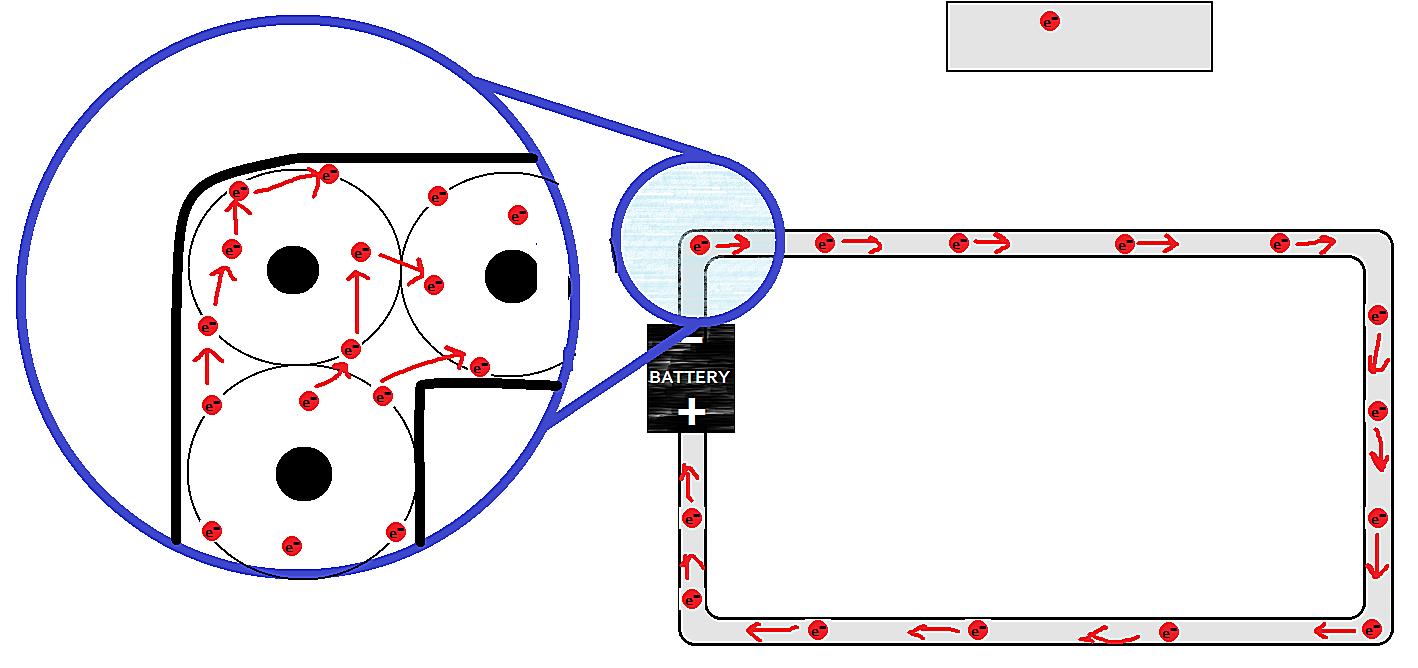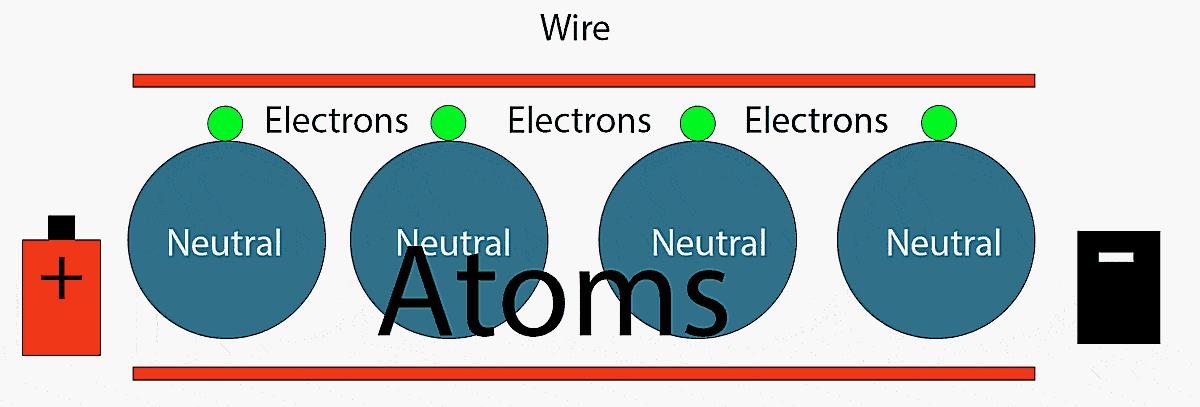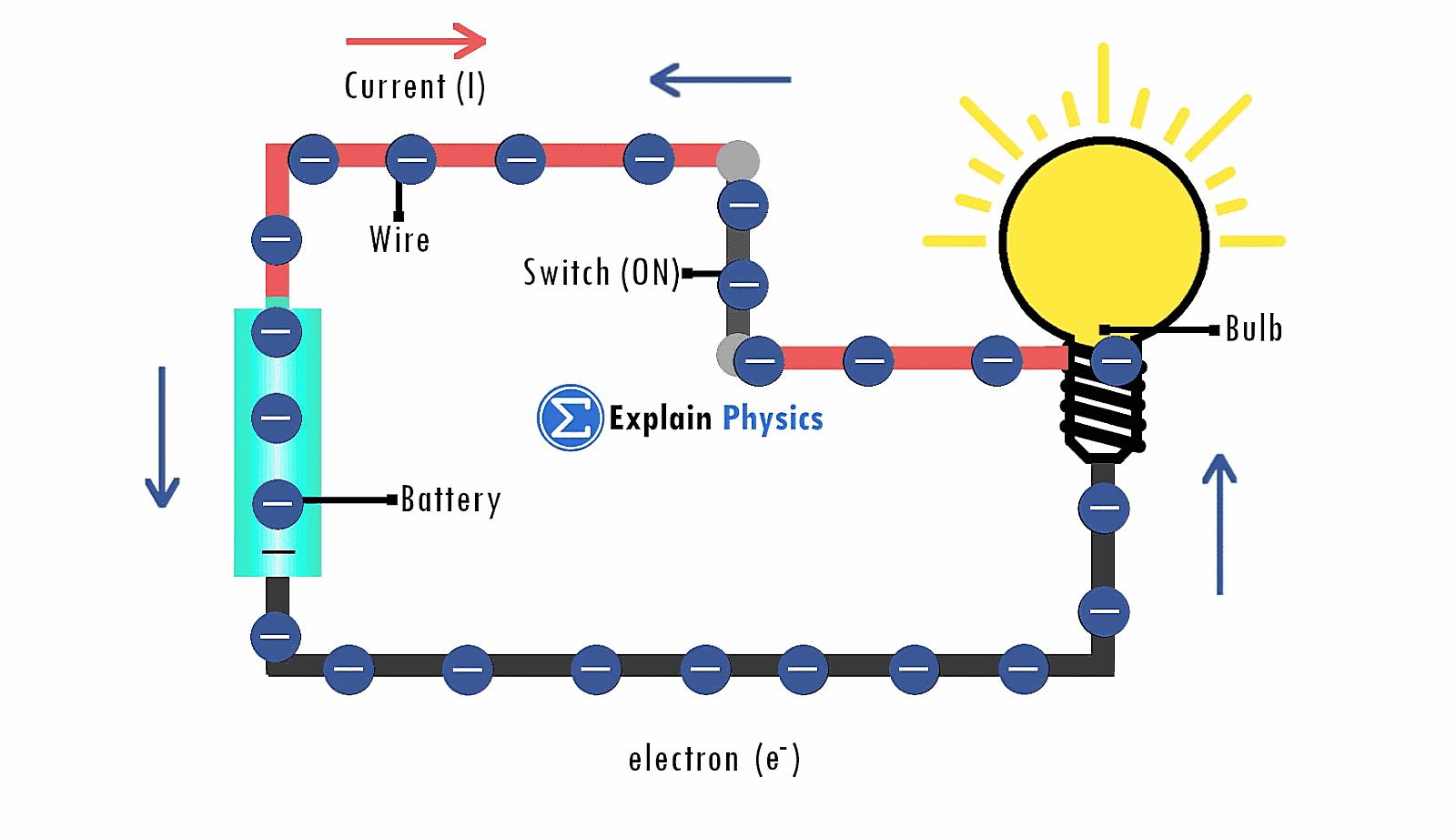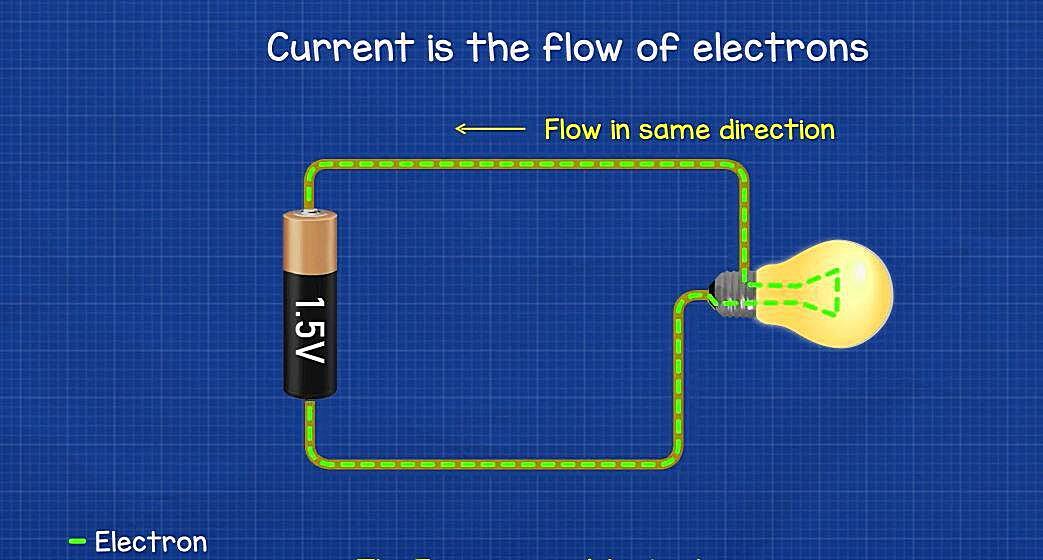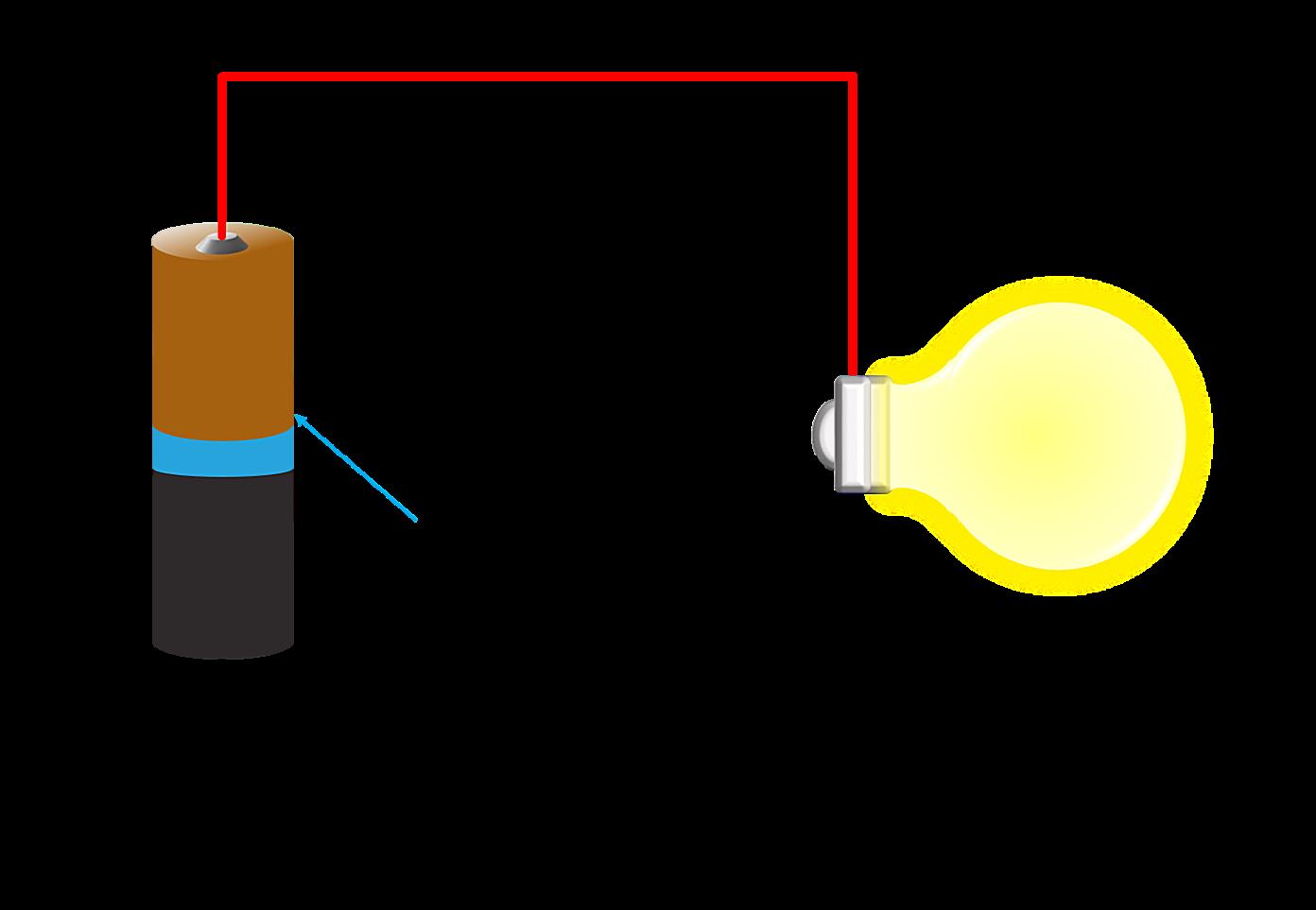Unveiling the Mystery
1. The Great Electron Migration
Okay, let’s tackle a question that might have plagued you since high school physics: do electrons actually flow in a DC circuit? The short answer is yes, but like most things in the world of electrons, it’s a bit more nuanced than just saying “they zip around.” Think of it less like a highway of speeding electrons and more like a slow, steady drift. Imagine a crowded dance floor — people shuffle around, bumping into each other, but they’re not exactly Usain Bolt-ing across the room.
In a DC (Direct Current) circuit, electrons are indeed on the move. A voltage source, like a battery, creates an electric field that encourages these negatively charged particles to embark on their journey. They start their slow march from the negative terminal of the battery, through the circuit elements (like resistors and LEDs), and eventually back to the positive terminal. So, technically, “electrons flow in a DC circuit.”
Now, don’t picture electrons as tiny little race cars zooming at the speed of light. Their actual speed, known as drift velocity, is surprisingly slow — we’re talking fractions of a millimeter per second! It’s more like a leisurely stroll through a park on a Sunday afternoon. The key is that many electrons are doing this simultaneously, creating a continuous current that powers your devices.
Think of a pipe filled with water. Even if each individual water molecule is moving slowly, the sheer number of molecules moving together creates a significant flow. The same principle applies to electrons in a circuit. It’s their collective movement, not their individual speed, that matters. So, yeah, electrons are flowing, just not at the breakneck speeds you might imagine. It’s an electron conga line!
Conventional Current vs. Electron Flow
2. The Curious Case of Positive and Negative
Here’s where things get a tad confusing, thanks to a historical accident. Long before we knew that electrons were the charge carriers, scientists assumed that positive charges were the ones doing the moving. This led to the concept of “conventional current,” which is defined as the flow of positive charge. So, conventional current flows from the positive terminal to the negative terminal.
But, as we now know, it’s actually the negatively charged electrons that are doing the work, flowing from negative to positive. This means that conventional current and electron flow are in opposite directions. Isn’t that a head-scratcher? For most practical purposes, it doesn’t really matter which direction you use, as long as you’re consistent. However, it’s essential to be aware of the difference, especially when dealing with semiconductors or certain circuit analysis problems. It’s like driving on the left side of the road in some countries — it works, but you need to be aware of it!
The reason this discrepancy exists is because the math works out the same either way. Whether you imagine positive charges flowing one direction or negative charges flowing the other, the overall effect on the circuit is identical. It’s like saying you can fill a glass of water by either pouring water in or removing air — the end result is the same. Just keep in mind that when electrical engineers talk about current, they are usually referring to conventional current, the hypothetical flow of positive charges.
So, to reiterate: Electrons do indeed flow in a DC circuit from the negative terminal towards the positive, but electrical diagrams and calculations often use conventional current, flowing from positive to negative. This doesn’t change the reality of what is happening, it’s just a quirk of history and convention. It is important to know that ” electrons flow in a DC circuit.”
Drift Velocity
3. Slow and Steady Wins the Race (Maybe)
We’ve touched on this before, but it’s worth diving deeper. The term “drift velocity” refers to the average speed at which electrons move through a conductor under the influence of an electric field. As mentioned, this speed is surprisingly slow, often measured in fractions of a millimeter per second. So, if electrons are moving so slowly, how does electricity seem to work instantaneously?
The answer lies in the sheer number of electrons involved and the fact that the electric field itself travels much faster, close to the speed of light. Think of it like a Newton’s cradle: when you lift and release one ball, the energy is transmitted almost instantly to the ball at the other end, even though each individual ball only moves a short distance. Similarly, the electric field propagates quickly through the circuit, causing all the electrons to start drifting more or less simultaneously.
This slow drift velocity also explains why wires don’t get ridiculously hot due to the kinetic energy of electrons. If electrons were truly whizzing through the conductor, they would constantly be colliding with atoms, generating a lot of heat. But because they are moving so slowly, the collisions are less energetic, and the heat generated is manageable (unless you overload the circuit, of course!). It’s like the difference between a gentle tap and a full-on collision — the gentle tap generates less heat.
So, while the concept of ” electrons flow in a DC circuit” is accurate, the speed at which they flow is much lower than one might intuitively expect. This slow drift velocity, combined with the rapid propagation of the electric field, allows for efficient and relatively safe transmission of electrical energy. They are really taking their sweet time as ” electrons flow in a DC circuit.”
What Happens When You Flip a Battery?
4. Polarity and the Electron’s Perspective
Ever wondered what happens on the electron level when you reverse the polarity of a battery in a DC circuit? Well, simply put, the electrons just reverse their direction of flow. If you had ” electrons flow in a DC circuit” from left to right, reversing the battery now makes ” electrons flow in a DC circuit” from right to left.
The electric field is what dictates the electron’s direction. Flip the battery, flip the field. For certain components, polarity is critical. LEDs, for example, only allow current to pass in one direction. Putting one in backwards means no light and possibly a burnt-out LED if too much voltage is applied. Other components, like resistors, don’t care which way the electrons are moving.
Reversing the polarity can be destructive in some cases. Imagine a DC motor designed to spin a certain way. If you suddenly send the electrons in reverse, it might spin the wrong direction. This could break delicate mechanisms inside. Always double-check polarity before connecting power to sensitive devices!
Understanding the principle that ” electrons flow in a DC circuit” is useful to understand that swapping the battery is essentially giving them a new destination to head towards. It’s as if they were commuting to a specific workplace, the negative terminal, and suddenly they are told, ‘Actually, we moved the workplace to the other side of town!’. The electrons have no option but to adjust and shuffle towards their new target.
Practical Implications and Common Misconceptions
5. Clearing the Air
Let’s address some common misconceptions about electron flow and DC circuits. One is the idea that if you have a long wire, it takes a long time for electricity to reach the other end because the electrons have to travel the entire length. As we’ve discussed, while the electrons themselves are moving slowly, the electric field propagates much faster, so the effect is virtually instantaneous.
Another misconception is that all circuits need to be “complete” for electrons to flow. While it’s true that a closed circuit is required for continuous current, there can be transient currents in open circuits due to charging and discharging of capacitors. Think of it like momentarily opening a door — there’s still a brief gust of wind before the pressure equalizes.
Understanding that ” electrons flow in a DC circuit” is essential for anyone working with electronics, from hobbyists to professional engineers. It helps you troubleshoot problems, design circuits, and avoid potentially dangerous situations. Knowing the difference between electron flow and conventional current is also crucial for interpreting circuit diagrams and understanding how different components work.
In conclusion, while the concept of ” electrons flow in a DC circuit” might seem simple on the surface, there’s a lot of fascinating physics lurking beneath. Understanding these nuances can deepen your appreciation for the wonders of electricity and empower you to create amazing things with electronics. It’s more than just a theoretical exercise; it’s the foundation of our modern technological world.
